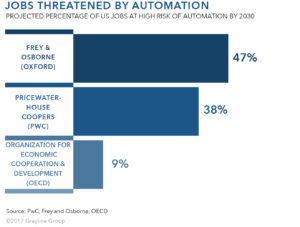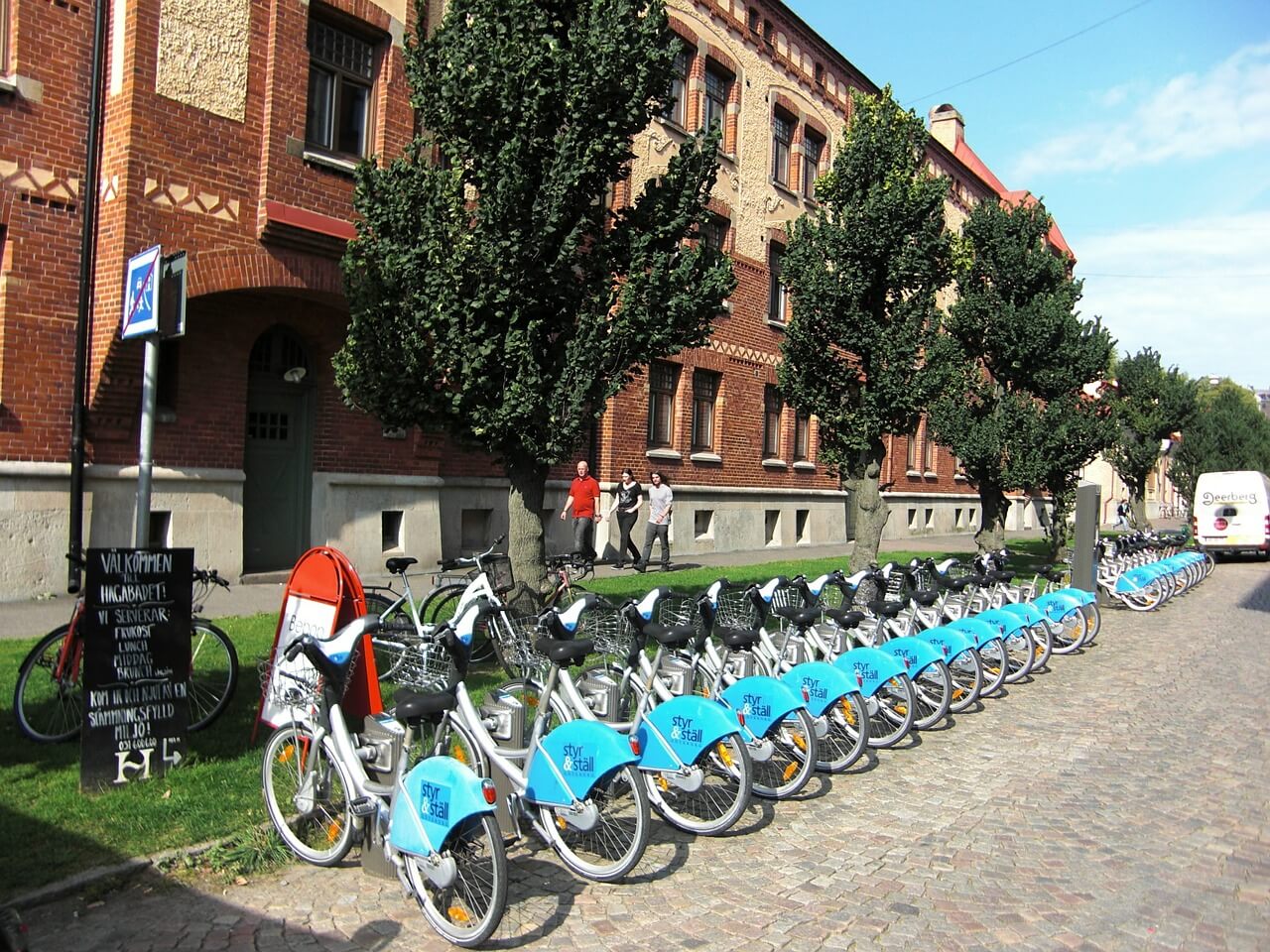The Necessity of Automation
Developed countries are aging. As aging workers retire, there are fewer workers to support economic production. At some point the shortage of workers becomes a drag on the economy, especially as the bulge of retirees who require public benefits grows beyond the capacity of available workers to support them. The point at which this really affects an economy differs on a country-by-country basis. In some countries this is a critical issue now; in others it will emerge slowly in upcoming years.
Countries have two primary options to fill this gap: get more workers or use technology to offset the number of workers required. Many countries will opt for a holistic approach, incorporating both selective immigration and technology investments. Others will skew towards one side or the other, based on their cultural or geographic predispositions. Focusing on technological solutions, demographics and the resulting market pressures will incentivize the integration of robotics and automation in the workforce, as labor shortages increase costs and reduce capacity.
Demographic Pressures
The aging phenomenon affects the majority of “first-world” countries, and many of those in the “second world”. The birth rate in many developed, generally secular economies is not anywhere near the replacement rate. This is a serious issue that will impact national competitiveness as well as national security for some countries.
The data paints a picture of increasing demographic disequilibrium in many countries. Disequilibrium is more challenging than merely having fewer workers. As fewer children are born, over time the ratio of nonproductive to productive citizens becomes increasingly skewed. Fewer resources are created by workers, while more resources are consumed by retirees.
It is not clear how countries will manage this transition, as the world has never dealt with demographic weakness on this scale. The countries that have the financial and cultural resources to incentivize immigration and invest in technology have a clear advantage over those that do not. The latter group risks a downward spiral that is unlikely to result in positive outcomes.
Types of Automation
Not all jobs can be replaced or enhanced by robotics and automation, but those that can likely will over the next 20 years, especially in countries with the most extreme demographic and labor shortage issues.
In the near term, say the next 5 years, the majority of automation will continue to occur in the manufacturing sector. Industrial automation tools are capital-intensive, complex systems that we increasingly see in car manufacturing plants and large industrial facilities. Foxconn Technology Group, a major supplier to Apple and Samsung, is an example of this phenomenon. Foxconn reported replacing 60,000 workers with robots in May 2016, and has the stated goal of having robots constitute 30% of their workforce by 2020.
Other types of robotics that we anticipate in the near term (or are seeing now):
- Handling and warehouse operations, including palletizing, metal machining, and plastic molding
- Manufacturing operations, including assembly, disassembly, and spot and arc welding
- Industrial, agricultural, and surveying drones
- Driverless trains, busses, and mining vehicles
In the longer term we anticipate a more pervasive integration of robotics into the consumer, service, healthcare, and other sectors. Robots even have the potential to expand into the “creative” potential, as evidenced by the Associated Press’s automated reporting platform Wordsmith, which has covered sports, finance, and other topics. Sunspring, a short science fiction film that was written entirely by an artificial intelligence, premiered at a film festival in June 2016.
Other types of robotics that we anticipate in the longer term:
- Transportation, including autonomous public and private vehicles
- Artificial assistants and in-home elderly support and child care
- Education, especially in programs to help children with special needs
- More expansive medical procedures and operations
Source: BCG
Social Impact
With or without robotics, labor forces are constantly in flux as new types of jobs are created and others are destroyed by changing requirements and economic patterns. While automation certainly represents a disruption and challenge, it is important to note that labor patterns have never been fixed. Developed economies in particular are constantly dealing with transitions and displacement and have demonstrated resiliency.
Having said that, the impact is significant. The OECD recently released a report estimating that 9% of jobs face a high risk of automation. This is on the low end of projections. Benedikt Frey and Michael Osborne of Oxford University published a study in 2013 which predicted that 47% of the US workforce is at risk of future computerization.
Regardless of where we fall on this spectrum, workforce displacement due to robotics and automation will be significant, and it will incur a social impact that both public and private sector executives need to plan and account for.
Join the Catalyst Monitor
Join our community, where we push out regular insights to help maintain situational awareness on technological and socioeconomic trends.




